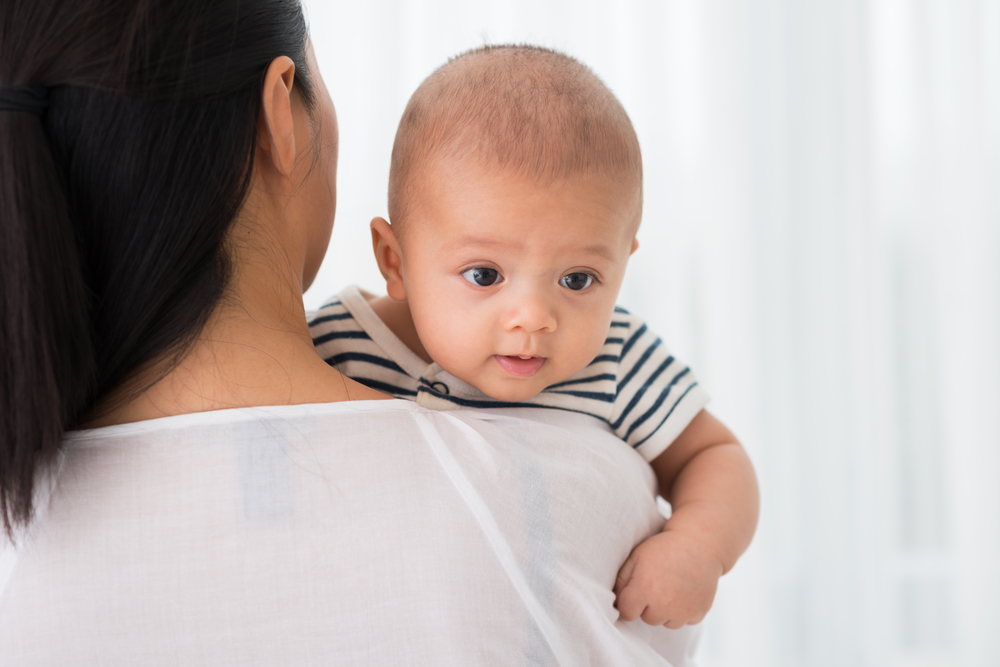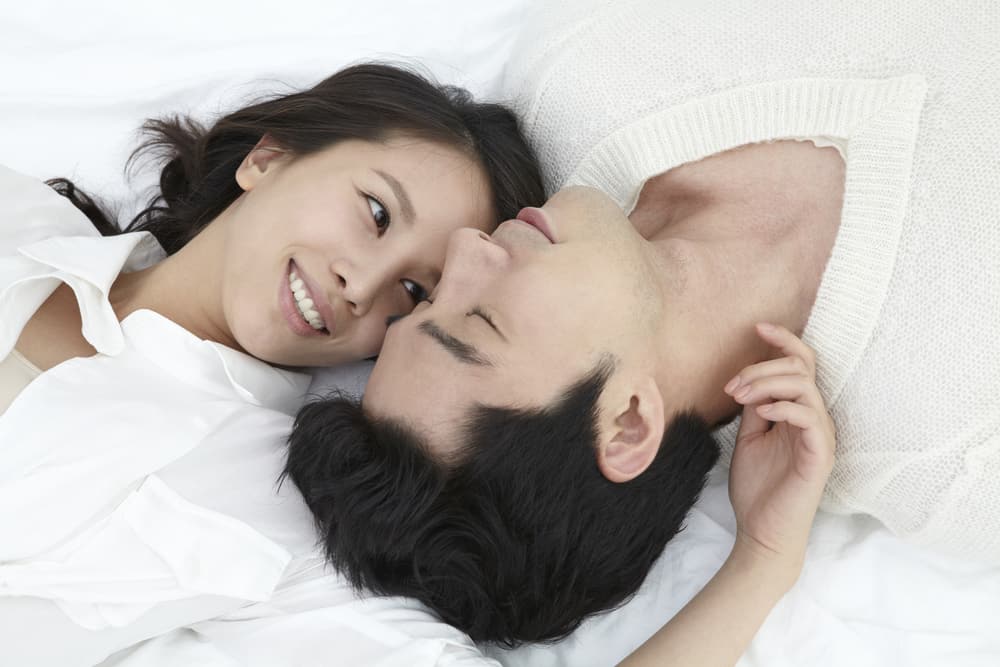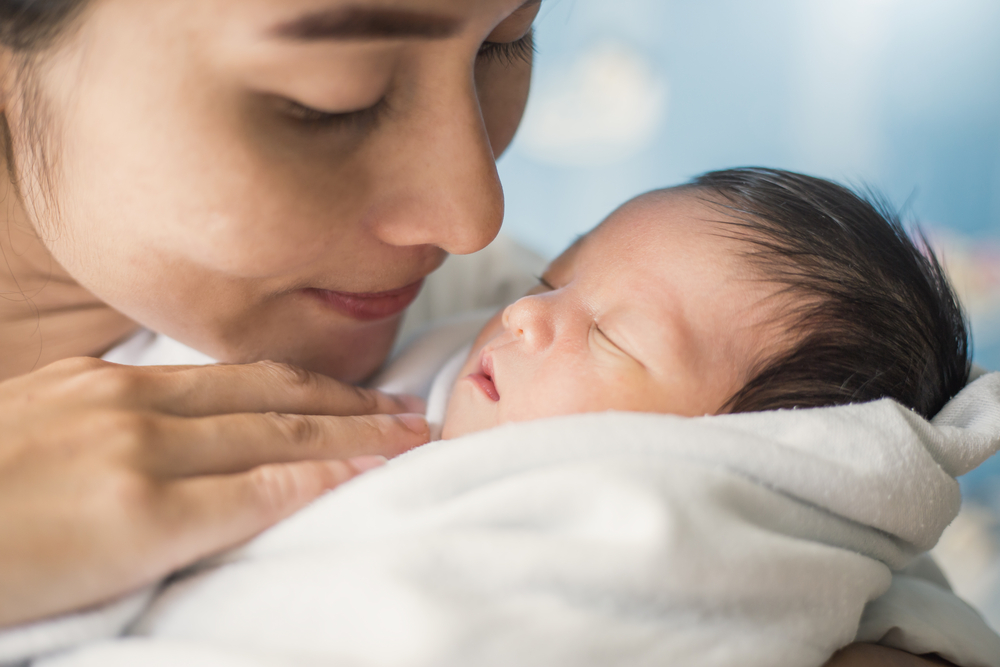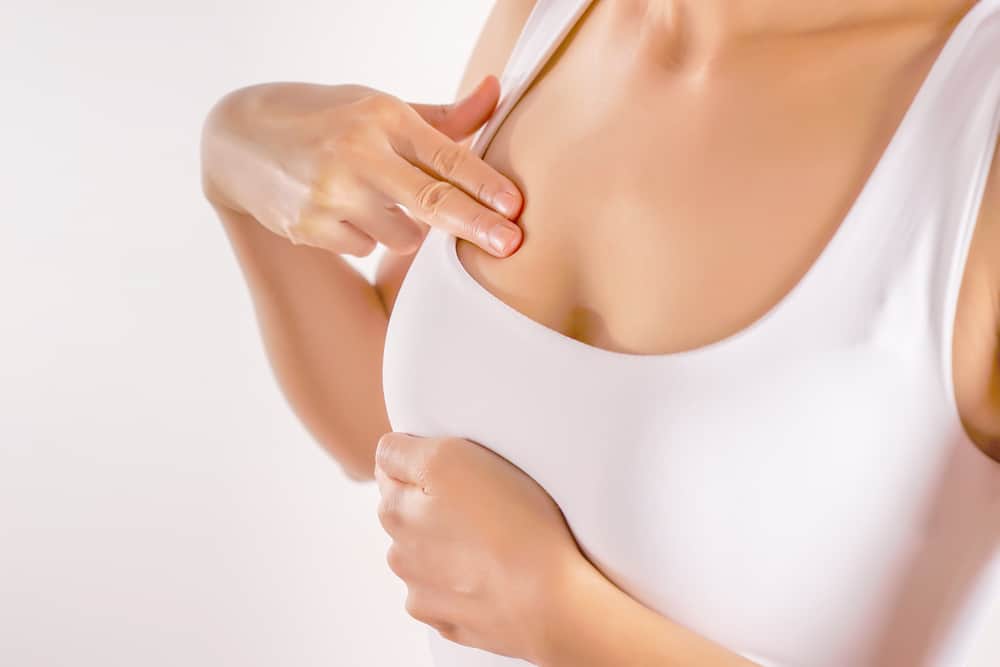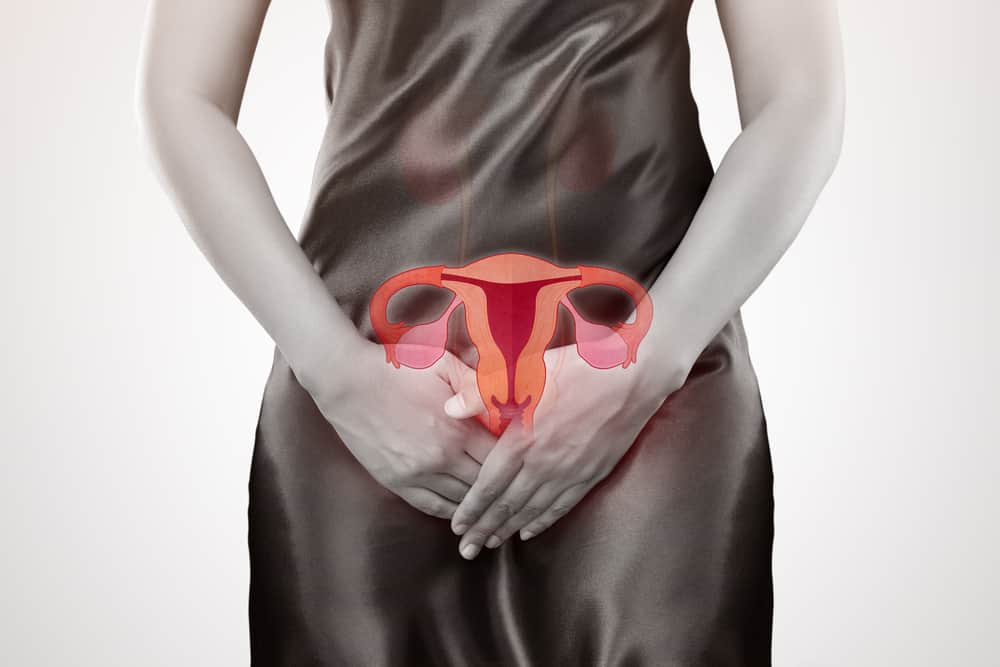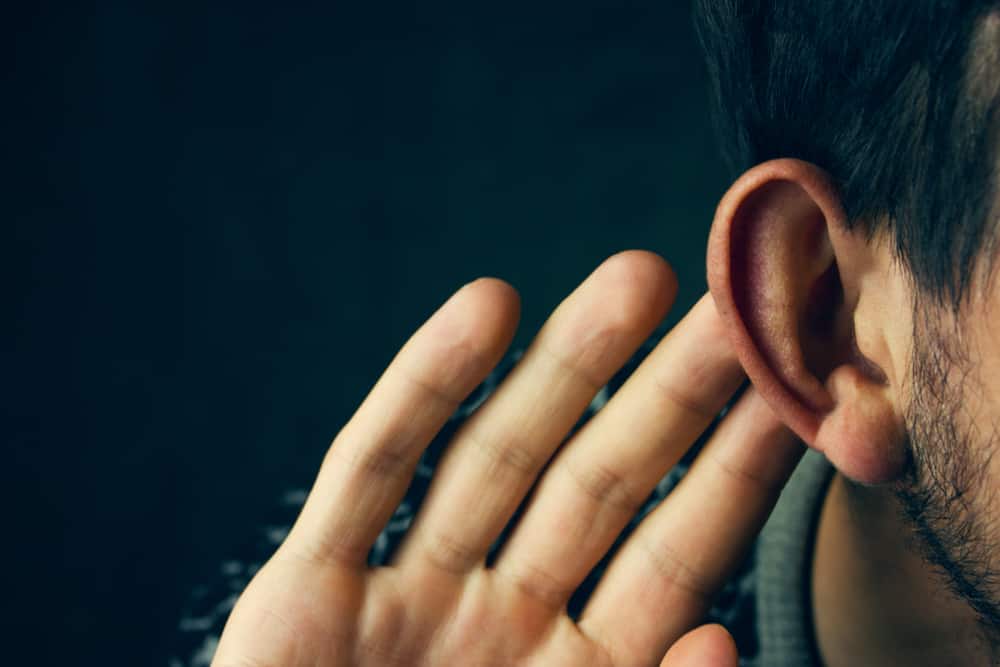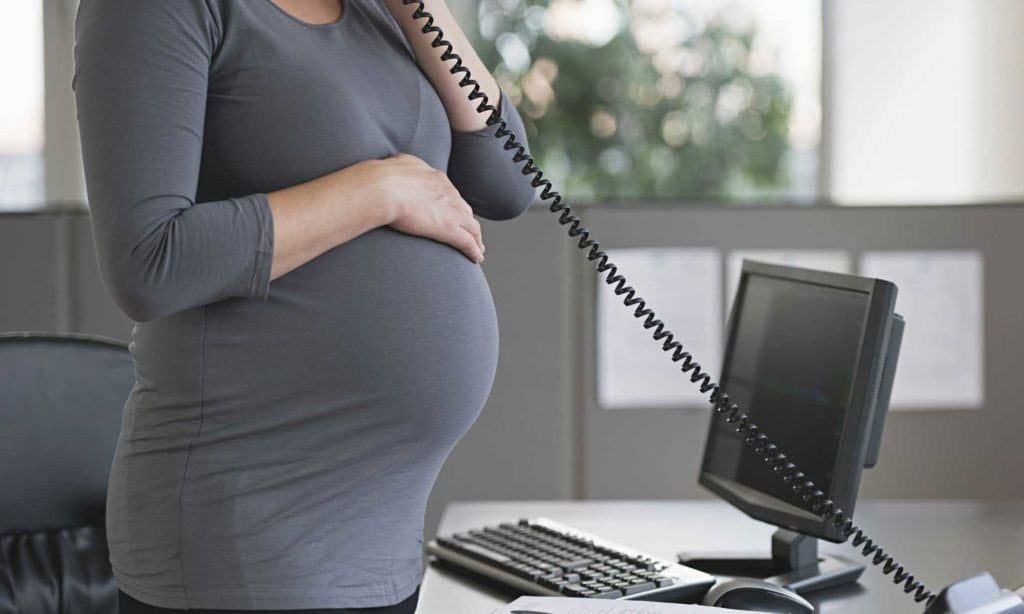Contents:
- Medical Video: Newborn Burping Techniques
- Hold the baby in front
- Babies face parents
- Babies face outward or back to parents
- Carrying a baby in the back
Medical Video: Newborn Burping Techniques
Carrying a baby has become a common activity for parents who have small babies. Various ways and positions of holding for each parent may be different. You see other parents carrying their babies facing the front, facing their parents, or some holding them behind. However, which holding position is better? Look here for the answer.
Hold the baby in front
You can carry it in front by positioning the baby to face you or out to see the surrounding area. Following are the considerations for each position you choose.
Babies face parents

Carrying the baby in front and facing the parents who carry it is often done for babies aged around 2-3 months. At this age the baby's main concern is the human face. This position is good for most babies because your little one will have a clear view. Your little one can also observe your face when you are interacting with others, thus giving the baby plenty of experience to learn.
Not only that, parents themselves have many opportunities to observe the various funny expressions of the child. Parents can also learn to be more sensitive to the needs and desires of your child.
Sometimes during the first year, most babies who are held in front in a position facing their parents will start turning to see what's behind them. Take it easy, with the flexibility of the baby's neck and the development of his vision, your baby is able to observe quite a lot of things in the surrounding environment with the position of this sling.
Babies face outward or back to parents
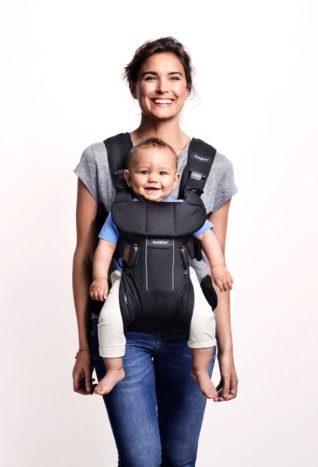
Carrying the baby in front while facing outward can introduce the baby to the surrounding environment. However, this position should be done after the baby is six months old. Because until the age of the first six months, the baby really needs interaction with the face with his parents for optimal baby brain nerve development and to increase the bond between parents and children.
Carrying it facing out also makes it difficult for you to see the baby's reaction to what he sees, whether he likes it or not. Does the baby give a good response or not. Therefore, you should hold the baby in this position for a short time and in a quiet environment and known by the baby.
If your child has begun to get nervous or fussy when carried in this position, you should move the baby to another position or face you. Because the baby may experience overstimulation. For example, when there is a lot of glare that blinks or too many people pass in front of it.
Carrying a baby in the back

Carrying a baby in the back is usually done when the baby is heavy enough to be carried in front. This position can also make it easier for parents to do other activities but still while caring for the little one. For example when washing clothes, preparing meals, or shopping to the market. Your little one can also look around.
However, this position may be a little worrying for some parents, because you feel you cannot see what your baby is doing when held behind. Therefore, make sure the baby carrier that you use is sturdy and comfortable for your little one.
The following tips are safe holding a baby behind.
- To avoid injury when just trying to hold a baby in the back, do it on a bed or a soft surface and with the help of others.
- Carrying on the back of the back should only be used when your baby's head and neck are strong enough and consistent, and the baby can sit alone perfectly.
- Tighten the sling shoulder bond to keep the baby safe and make sure the baby is close to your back. However, don't get too tight. Make sure the baby feels comfortable and can still move.
So, in the end the best position to carry a baby should be adjusted to many things. For example the activity of babies and parents at that time, physical readiness of the baby, and the type of baby carrier you use. However, the three positions above are legitimately done as long as carefully.

